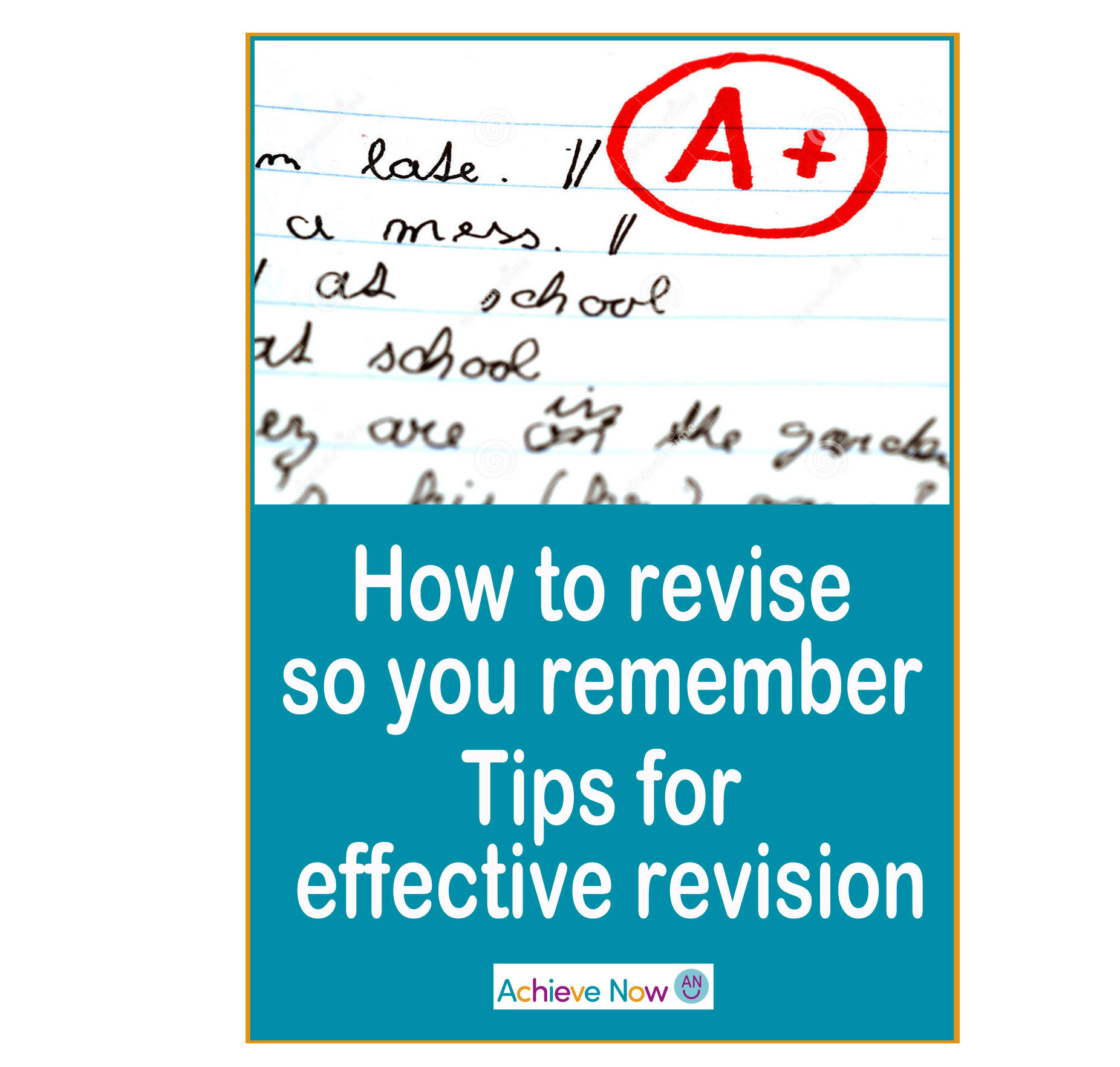**Page under construction**
Much has been written on how to help dyslexics at school. So much so that it is overwhelming and time-consuming deciding on what solutions to implement for a particular student.
Time is precious for all of us but for dyslexics, time is critical, because the sooner helpful technologies and strategies are put in place, the quicker the achievement gap narrows and the less harm is done to a student’s self-esteem and self-confidence.
To help ease the burden on parents, here are 10 tips to help dyslexics get better grades.
Each tip listed below includes at least one clickable link that gives more information
on how that step can be achieved
Tip 1 - Building confidence in the student
Primarily, students must understand that although they might learn differently, they are bright and capable of success in exams.
The primary role of adults (parents and educational professionals), in my opinion, is to stop the education system crushing dyslexic children’s confidence.
Tip 2 - Learn to touch type
Being able to touch type, enables students to utilise learning tools that significantly improve their grades. This critical skill is all too often overlooked, resulting in students not getting the grades they are capable of.
Tip 3 - Get access arrangements in place
Exam Access Arrangements include, amongst other things, having extra time, a scribe and a reader. Having appropriate access arrangements in place can dramatically improve a student’s grades.
Some schools are really on the ball with this. Sadly, many are not. It can require significant resources to build the evidence required to obtain access arrangements.
Don’t assume your child's school will automatically get appropriate access arrangements in place
It is wise for parents to do some research and have an early dialogue with the school, to ensure adequate access arrangement are in place early enough for students to become experts at using them.
Tip 4 - Find learning resources that work
Students no longer need to read weighty books or take extensive notes in class to do well academically.
Many online learning resources now exist to help students who learn differently. I’ve created an eBook of the best online resources I’ve found.
Tip 5 - Learn how to use online resources
Finding great resources does not guarantee success, students need to learn how to use them to their best advantage.
This video explains the benefits, dangers and best practise when learning online.
Tip 6 - Use electronic textbooks
Rather than relying on class notes, dyslexics benefit from using textbooks.
Often these books are bought by supportive parents but not actually read because the amount of reading involved can be overwhelming for a dyslexic student.
This video explains the benefits of using electronic textbooks.
Advantages of electronic textbooks include:
locating specific information easily
having text read aloud
changing background colour
using dyslexia-friendly fonts
the ability to cut and paste information into revision apps
RNIB Bookshare
RNIB Bookshare is a UK charity that supplies electronic textbooks for students with print disabilities. This includes dyslexia.
During school closures families can apply for an account
Tip 7 - Take advantage of learning tools
Technology, regardless of the device used, offers excellent learning tools that help dyslexics. Freely available tools are sadly underused.
These tools include:
having text highlighted and read aloud
screen masks and reading rulers
using dyslexia friendly fonts
being able to highlight text to organise text
Tip 8 - Invest in activities that energise
Dyslexic students can spend a disproportionate amount of time working on academic tasks that they find difficult. This can be exhausting for them.
It’s important that they regularly switch off and do something completely different that energises them and that they enjoy.
Try and encourage your child to find and pursue an activity or sport that interests them and that they feel passionate about.
During school closures, Facebook is packed with great activities and ideas to keep children active, the majority are free! If you don’t have a Facebook account, it is worth creating one just to access free resources.
I have created this video to show you how to quickly create a Facebook account without having to use it to follow friends.
Tip 9 - Learn effective revision techniques
If dyslexics study the same way as their neurotypical peers, then chances are their grades will NOT reflect their ability.
I have learned that doing well in exams is a skill that can be taught.
Schools concentrate on teaching subjects rather than teaching children how to learn and revise.
Not many teachers have been trained to take advantage of dyslexic strengths when revising.
Tip 10 - Use online revision tools
Many great solutions exist to help students commit information to memory.











